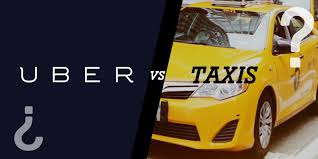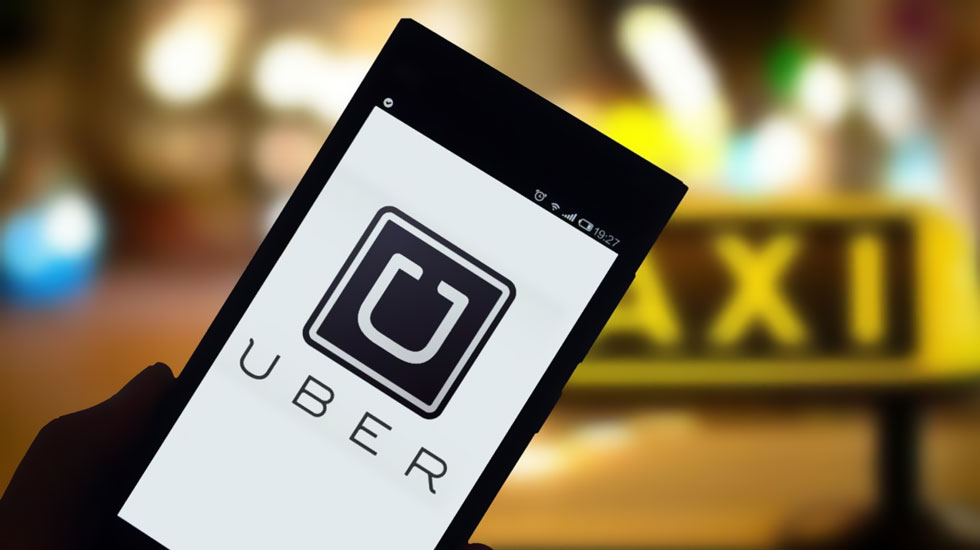Ride-share. Who’d a thunk it five years ago? Well, outside of the brilliant minded folks who were working on it behind the scenes, that is.
Who would have imagined one day we, the general public, would not only be able to push a button on our phone screen; jump into the car of a complete stranger and end up at our destination’ but we’d be able to — barring any criminal history — be the drivers behind many of those cars?
The industry has totally changed the way we travel AND the economy — the way we make money.
But that’s an article for another day!
As for travel, its hard to ignore the fact that many folks are switching from taxi to Uber — the largest ride-hailing company in the world, or Lyft, a close second; where they not only notice a decrease in travel costs, but a difference in how a rider is treated (not to mention cleaner cars that don’t smell like stale cigarettes!).
But does this mean the taxi industry is becoming obsolete?
By the end of June, Certify, the largest online expense management company, had analyzed 10 million receipts and expense reports using their cloud-based systems that determines what ground transportation business travelers use; it showed both the taxi and rental car industry had lost two percentage points each over a three-month period.
It also showed those points were picked up by Uber and Lyft.
In the first quarter car rentals had shown themselves at 31% on the ground transportation expense reports; by the end of June — the second quarter, they were at 29%. Taxi’s had dropped to an all-time low — a single digit of 8% on ground transportation expense reports.
Meanwhile, According to The L.A. Times, Uber showed up at a whopping 55%; with Lyft revealing an 8% share.
The publication also warns we shouldn’t totally count taxi’s out…yet. They say the whole thing about rideshare popularity may be a simple case of economics.
Uh yeah. I can take an Uber ride from my home to LAX — a 26+ miles trip for $25-$30. But in a taxi, the minute my butt hits the seat, the meter is already nearly $4 and growing every second thereafter.
According to the Certify report, the average expense receipt for Uber was $24.49 and $21.28 for Lyft. The average taxi cab expense was $31.06.
No matter how you look at it, I doubt rideshare will budge as far as bowing out.
And the taxi industry is vowing not to either. In fact, according to the according to the Los Angeles Taxi Commission, which oversees the rules and regulations of the taxi industry, taxi’s will be making a comeback.
One of the major changes they will be making is how drivers are trained. The written test they have been using for the past umpteen years will now be replaced with classroom training.
We can only hope that “Etiquette” is a part of that training. This is another strong difference between ride-share and taxi’s. The difference in how riders are treated.
?We are now finally adding new drivers to the rolls,? says Eric Spiegelman, president of the commission. ?That means several millions of dollars a year? in fees to the city.
Hmm…dude appears to be missing some major points. I know its business and all, but I’m not sure “adding more drivers” will be enough. It may be all good for the bottom line, but lowering taxi rates so that their industry can even compete with ride-share is not an option they are willing to consider…yet.
…and then there’s that etiquette thing. Yeah.





